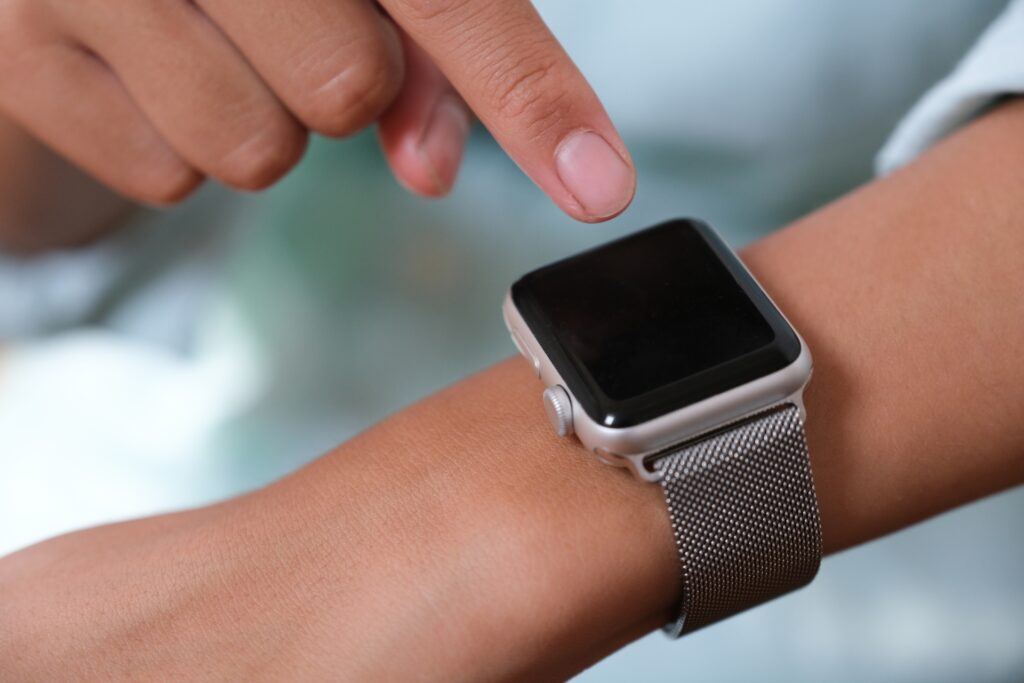When selecting an Apple Watch 10, the decision between the GPS and Cellular models hinges on user preferences and specific use cases, particularly in emergencies. While the GPS model relies on proximity to a smartphone, the Cellular model offers independence in communication.
For those who often venture out without a phone, the Cellular version can be a critical tool in urgent situations, though it comes with trade-offs such as faster battery drain.
Apple Watch Features and User Priorities

The Apple Watch 10 boasts a wide array of features aimed at enhancing both fitness and daily life. With heart rate monitoring, activity tracking, and emergency support, it caters to users focused on health and well-being. Fitness enthusiasts particularly benefit from the ease with which they can track workouts and daily activity, making the watch an essential tool for managing their physical health. The watch’s functionality extends beyond fitness, offering critical tools for staying connected in emergencies.
One of the standout features is its ability to assist during unexpected situations, such as sudden health issues or accidents. The watch allows users to quickly contact family or emergency services, providing a sense of security. This versatility transforms the Apple Watch 10 from a simple gadget into a device that can potentially save lives. Despite these benefits, users must also consider practical aspects such as battery life, which varies between different models and uses.
For those with active lifestyles or specific health needs, the Apple Watch 10 provides comprehensive support. Its role as both a fitness tracker and emergency responder makes it a valuable asset. However, choosing between the GPS and Cellular models requires careful thought, as both come with their unique strengths depending on how they are used in daily life.
GPS vs. Cellular: A Comparative Analysis for Emergencies
The decision between the GPS and Cellular versions of the Apple Watch 10 is a crucial one, especially when considering emergency situations. The GPS model depends on proximity to a smartphone to make calls or send alerts, meaning it is not entirely independent. In contrast, the Cellular version functions autonomously, allowing users to contact emergency services directly, even if their phone is out of reach or unavailable.
For users who often stay within Wi-Fi or Bluetooth range, the GPS version may suffice, as it still enables emergency communication as long as the phone is nearby. However, for those who frequently engage in outdoor activities or prefer to leave their phone behind, the Cellular model offers significant advantages. The ability to make calls and receive alerts without a phone could be a lifesaver in scenarios where immediate communication is vital.
Yet, the Cellular model comes with a trade-off: faster battery drain. The extra functionality requires more power, which may lead to shorter usage times between charges. This aspect must be considered, especially for users who plan on being away from charging opportunities for extended periods. Ultimately, the choice hinges on how often the watch will need to function independently from the smartphone.
Key Considerations Based on Real-World Scenarios
Real-world use plays a significant role in determining whether the GPS or Cellular model of the Apple Watch 10 is the right choice. For users whose activities are primarily indoors or close to their phone, the GPS version offers reliable performance. Daily walks, short hikes, or gym sessions can be easily monitored, and emergency communication remains functional as long as the phone is nearby.
However, for those who spend considerable time outdoors, especially in remote areas, the Cellular model becomes a more attractive option. Individuals who go on long hikes, runs, or engage in outdoor sports may find themselves in situations where carrying a smartphone is inconvenient or impractical. In such cases, the independence of the Cellular model provides a vital connection to emergency services without relying on a phone.
Moreover, the Cellular version is beneficial for users who want the freedom to leave their phone behind entirely. Whether during casual outings or strenuous physical activities, knowing that help is just a tap away offers peace of mind. While both models have their merits, the deciding factor often comes down to how essential that independence from the smartphone is in everyday scenarios.
Balancing Cellular Benefits and Battery Life Concerns
While the Cellular model of the Apple Watch 10 offers significant advantages in emergency situations, it also presents challenges, particularly in terms of battery life. The additional connectivity functions, including the ability to make calls and use data without a phone, naturally consume more power. This means users may experience shorter battery life compared to the GPS version, which relies more on the paired smartphone for its functions.
For users planning to spend extended periods without access to charging, such as during long trips or outdoor activities, managing battery life becomes a critical consideration. The watch’s ability to provide emergency assistance is only as reliable as its power supply, making it essential for users to monitor battery usage carefully and charge regularly.
However, the benefits of the Cellular model, especially in terms of independence and flexibility, often outweigh the concerns over battery life. Knowing that the watch can function independently in emergencies, even without a smartphone, provides reassurance to those who prioritize safety. Ultimately, users must weigh the convenience of independent communication against the need for frequent charging, choosing the model that best fits their lifestyle.
